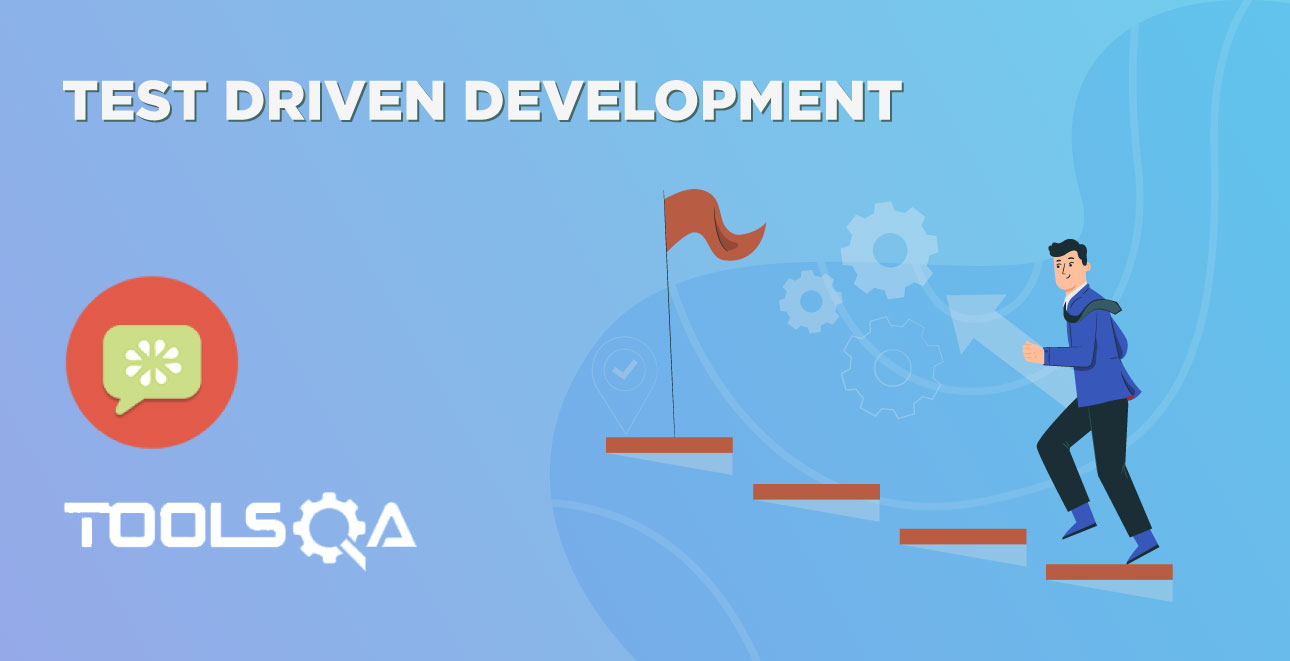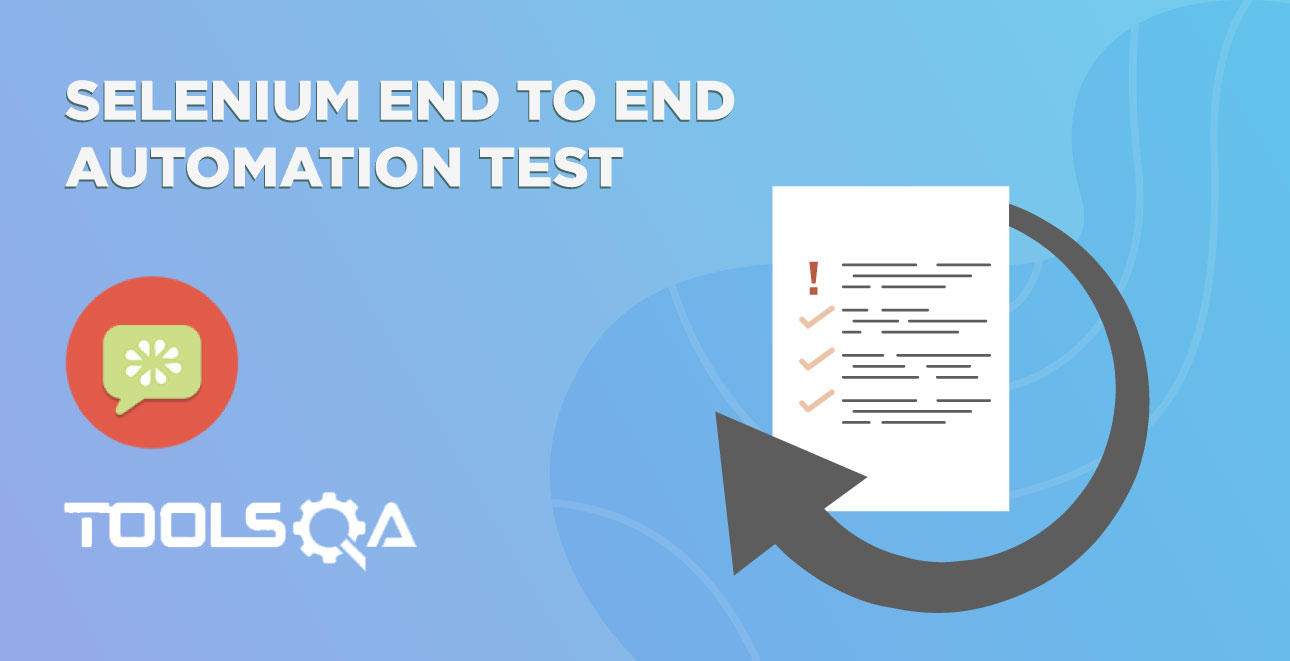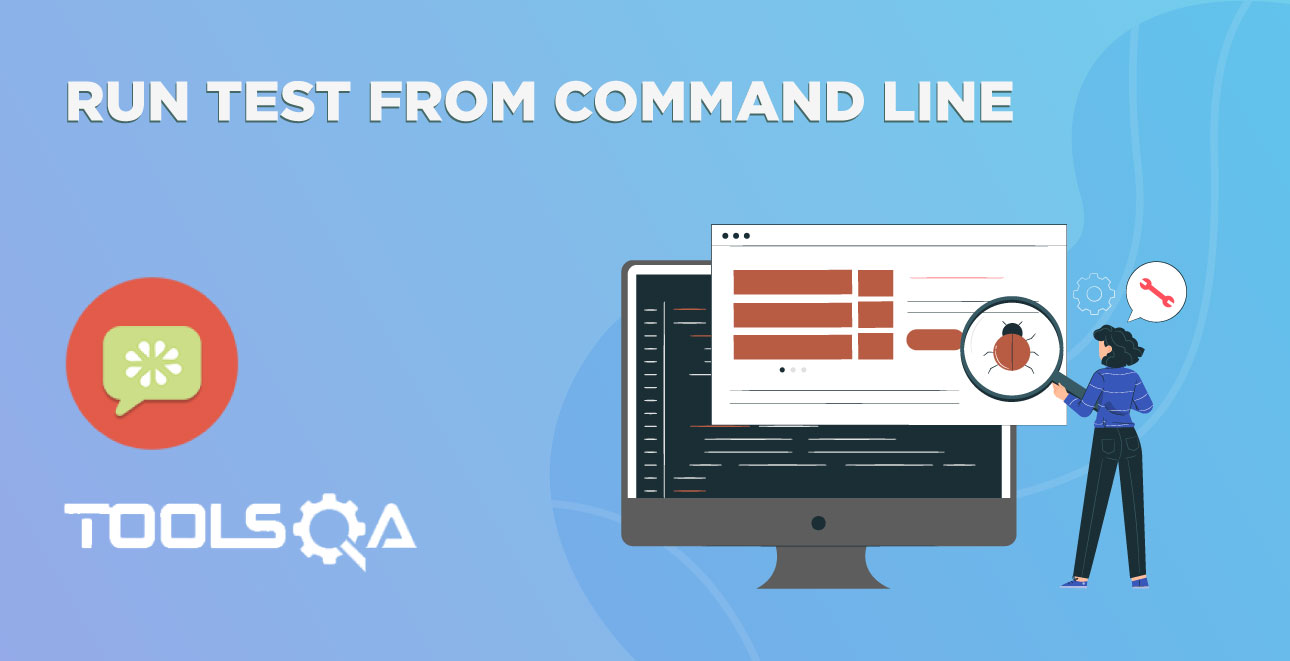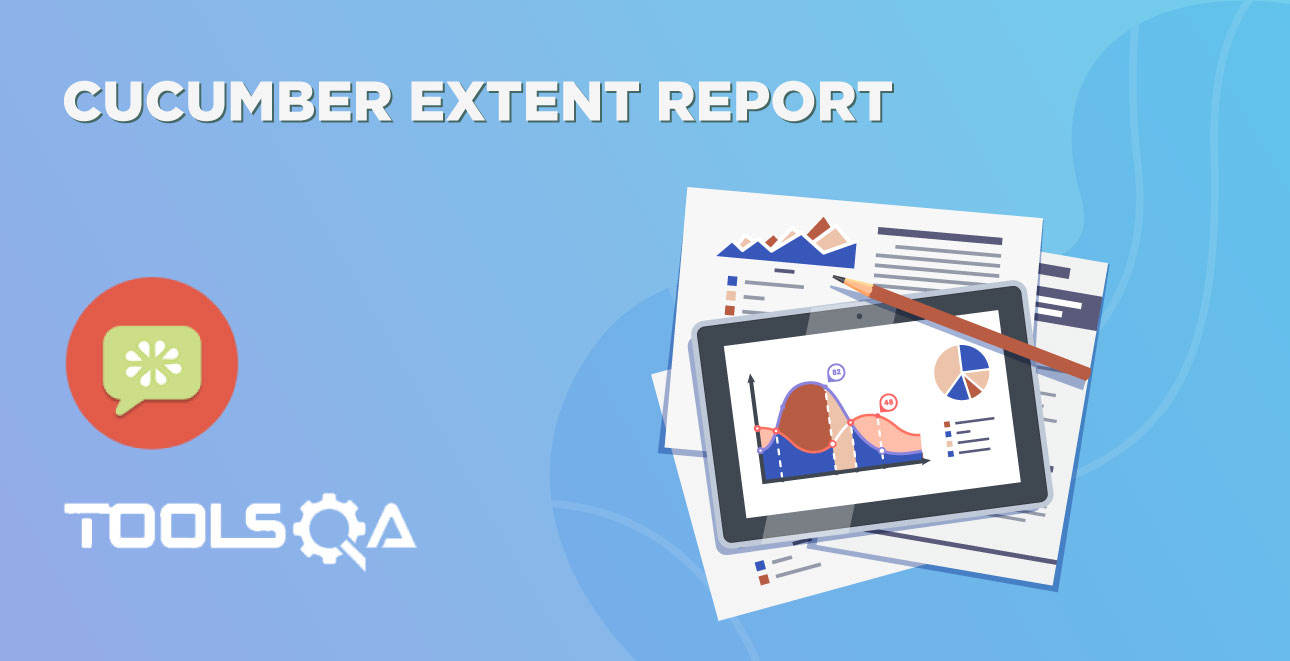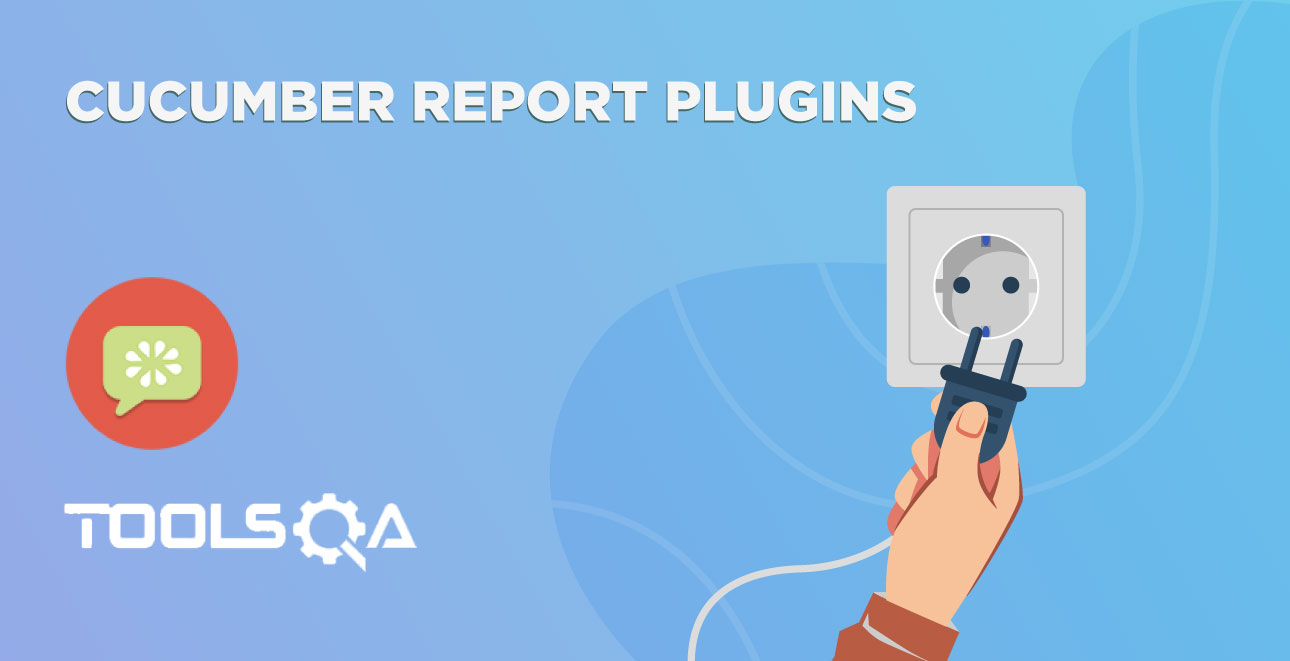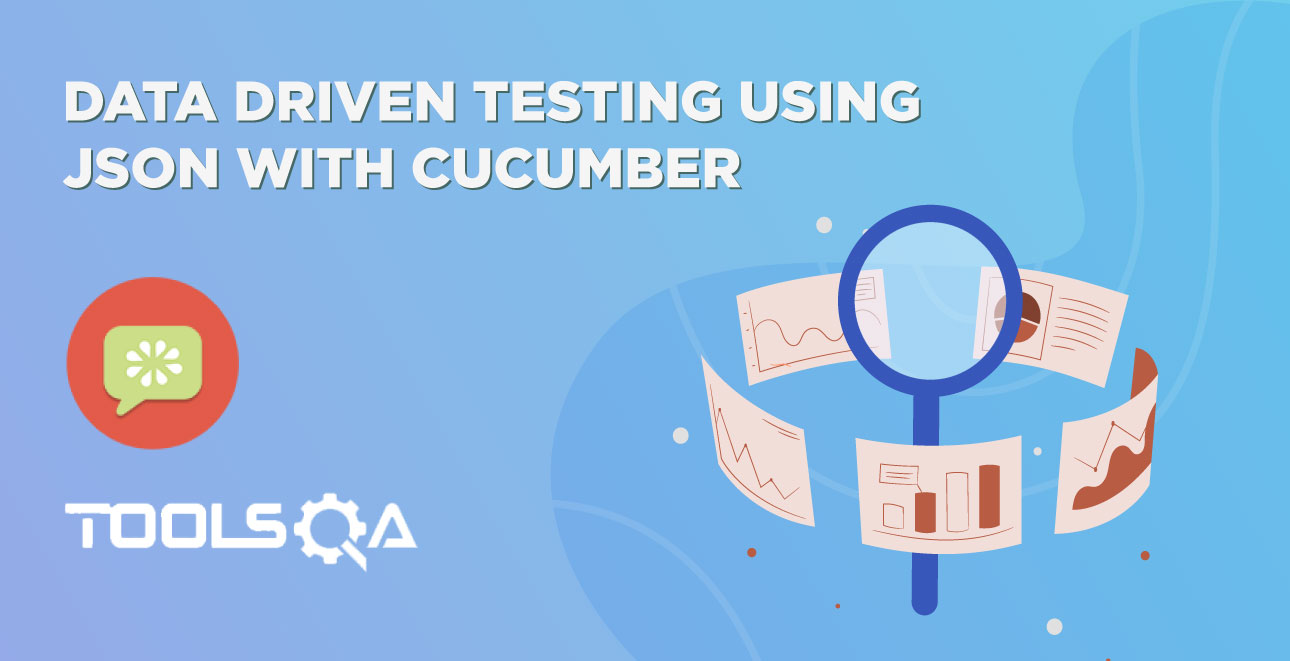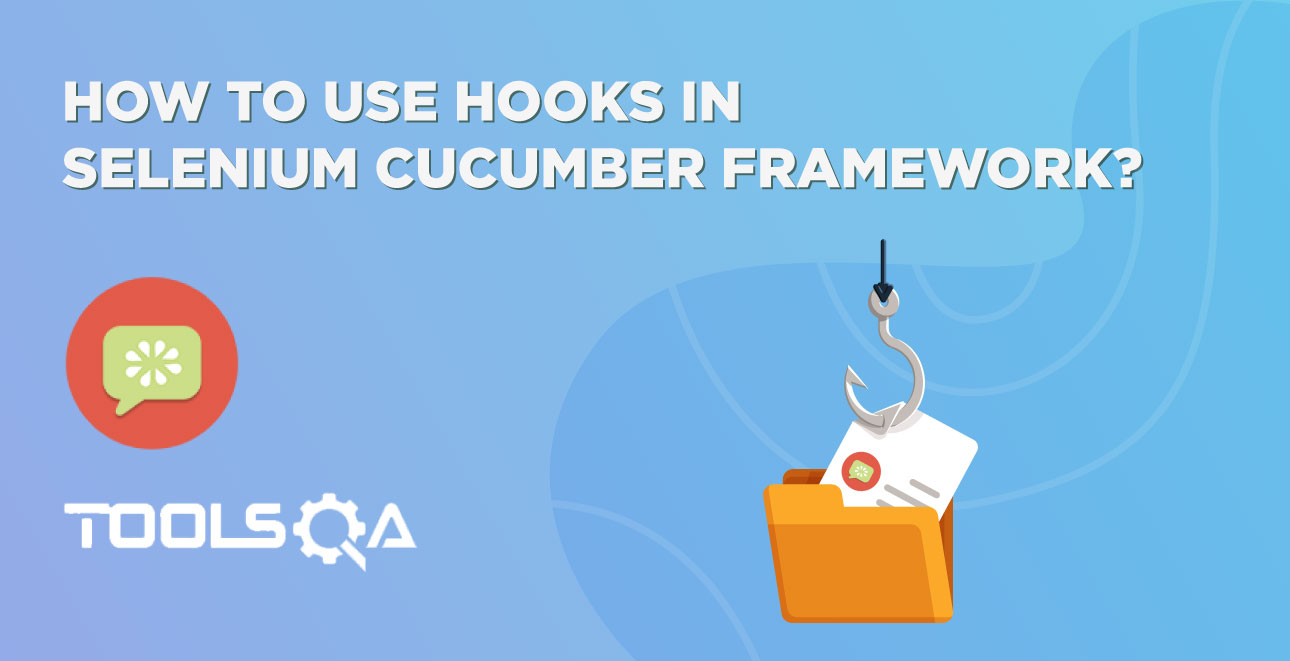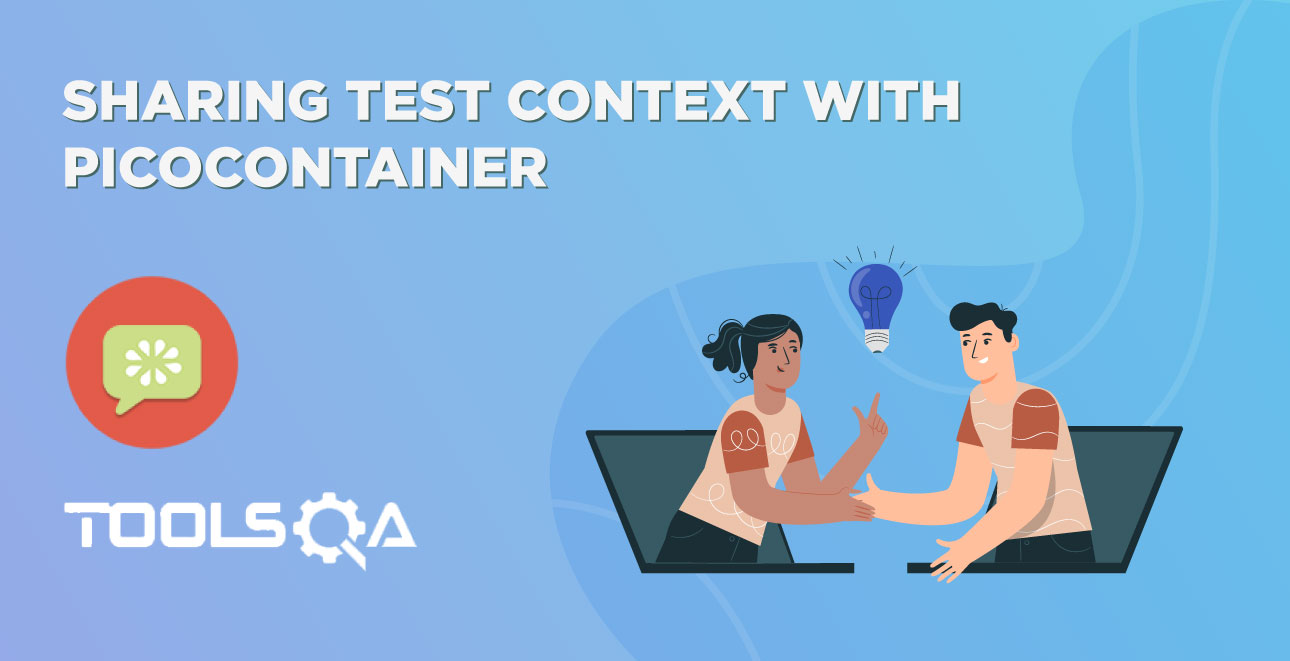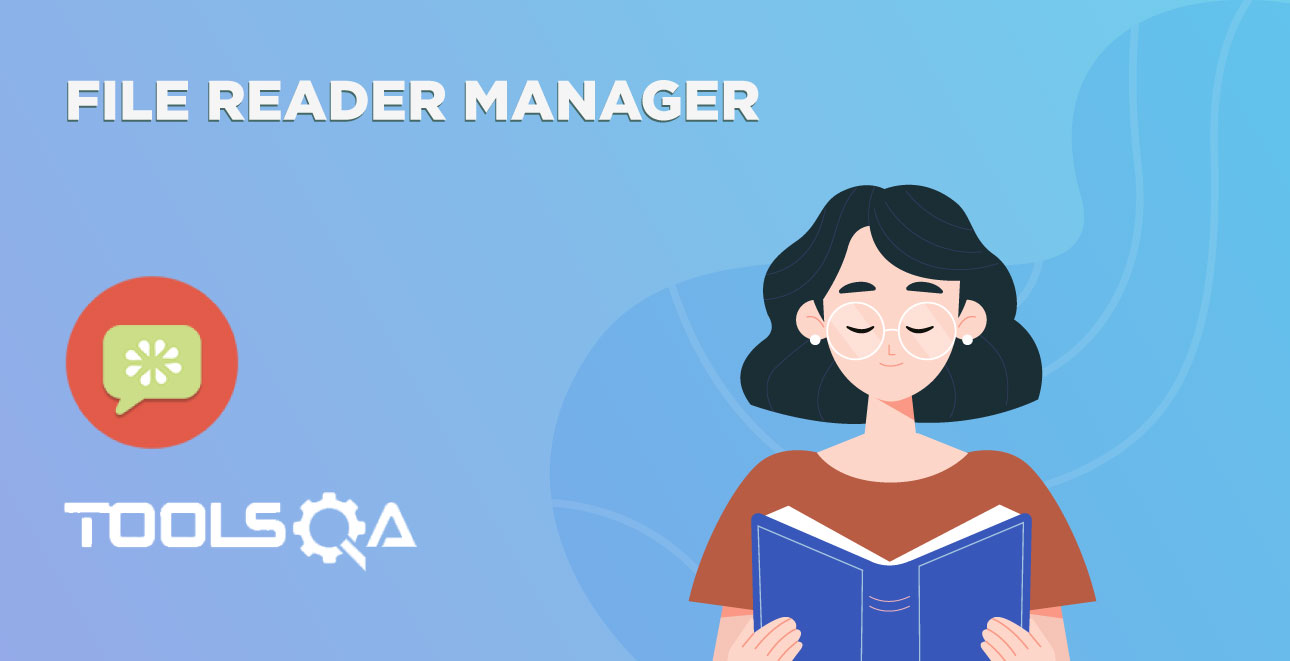Table of Contents
Cucumber Tutorial

Welcome to this journey to learn Cucumber (Cucumber Tutorial). Cucumber is a buzz word these days. Every body is talking about how fun it is to use Cucumber. So lets understand more on Cucumber and Software development model it follows.
Cucumber is a testing framework which supports Behavior Driven Development (BDD). It lets us define application behavior in plain meaningful English text using a simple grammar defined by a language called Gherkin. Cucumber itself is written in Ruby, but it can be used to “test” code written in Ruby or other languages including but not limited to Java, C# and Python.
In this series of tutorials we will be covering
Cucumber Introduction
- Test Driven Development (TDD)
- Cucumber & Behavior Driven Development
- Gherkin – Business Driven Development
- Cucumber BBD for Testing
Set Up Cucumber with Selenium in Eclipse
- Download and Install Java
- Download and Start Eclipse
- Install Cucumber Eclipse Plugin
- Download Cucumber for Eclipse
- Configure Eclipse with Cucumber
Cucumber Basics
- Cucumber Selenium Java Test
- Feature File
- JUnit Test Runner Class
- Gherkin Keywords
- Step Definition
- Cucumber Options
Data Driven Testing
- Parameterization in Cucumber
- Data Driven Testing Using Examples Keyword
- Data Tables in Cucumber
- Maps in Data Tables
Cucumber Annotations
Cucumber Framework
- Cucumber Automation Framework
- Chapter 1 : End 2 End Selenium Test
- Chapter 2 : Convert Selenium Test to Cucumber
- Chapter 3 : Page Object Pattern using Selenium Page Factory
- Chapter 4 : Page Object Manager
- Chapter 5 : Config File Reader
- Chapter 6 : File Reader Manager
- Chapter 7 : WebDriver Manager
- Chapter 8 : Sharing Test Context with PicoContainer
- Chapter 9 : Before and After Hooks
- Chapter 10 : JSON Data Reader
- Chapter 11 : Wait Utility for Ajax Wait
- Chapter 12 : Sharing Scenario Context
- Chapter 13 : Cucumber Report Plugins
- Chapter 14 : Extend Reports with Screenshots
- Chapter 15 : Run Test from Command Line
